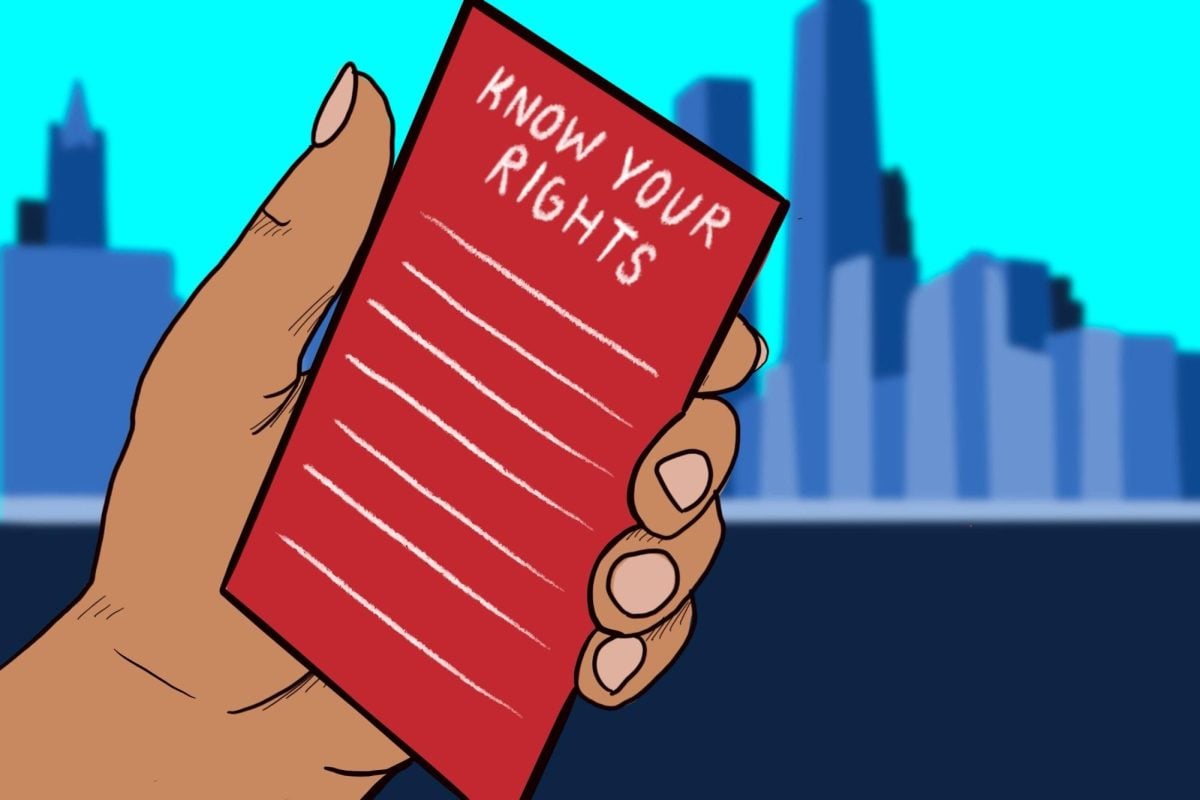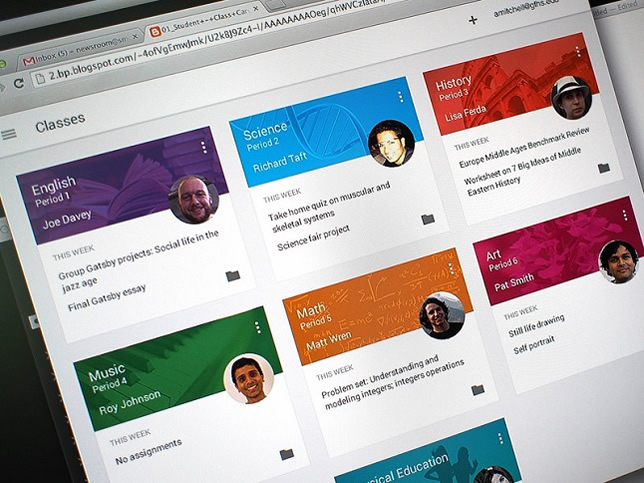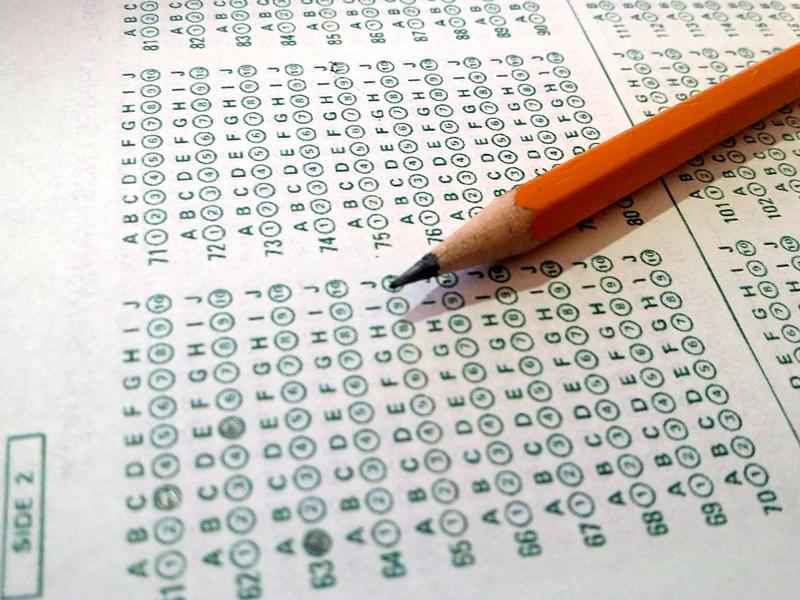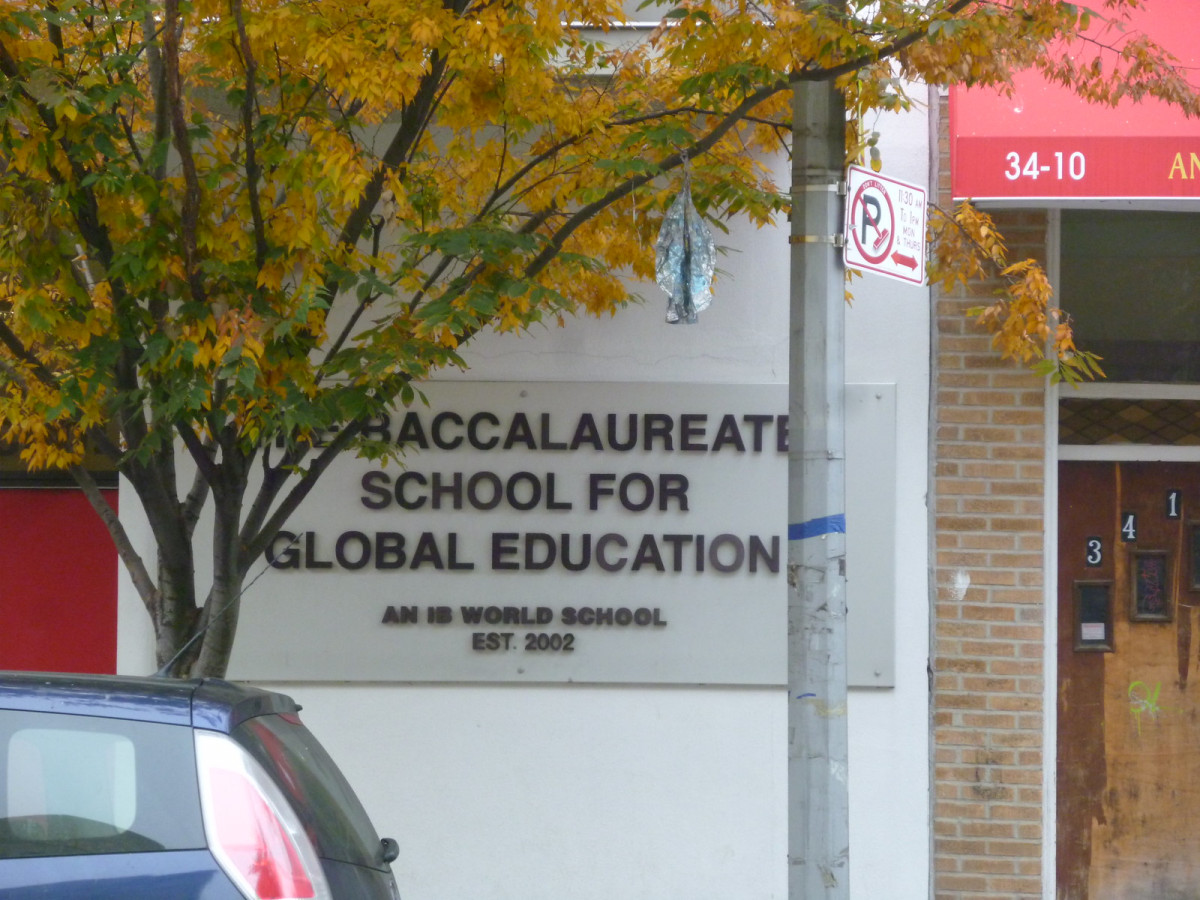In 2002, the No Child Left Behind Act was signed into law under President George W. Bush. This act made schools hold more responsibility for the performance of their students by setting specific academic standards and had the goal of helping on underperforming students. This act was later replaced by the Every Student Succeeds Act which was signed into law in 2015 and put more emphasis on individual districts.
However, many have found that because of the incentives schools now had to appear to perform well, it’s opened up a system of passing students on too easily. Some schools even began to lower their reading and mathematics standards to make sure students would be passed on.
Although this may seem positive, it’s led to students moving on to the next grade without truly having a comprehension of the information they learned previously, and this has contributed to the trend in declining literacy rates among students in the USA.
Results of the NAEP (The Nation’s Report Card) found that approximately 40% of students across the United States cannot read at a basic level and that around 70% of low-income fourth graders cannot read on grade level. This trend seems to disproportionately impact students of color as well as low-income students often due to less funding in schools.
In 2022, the NAEP also found that the average reading scores for students age 9 decreased by an average of 5 points and the mathematics scores decreased by an average of 7 points compared to before the Covid-19 pandemic. The pandemic has only added to the struggles students have been experiencing in school by lowering the standards teachers have for students because of the performance they’ve exhibited.
Students have begun spending even more time on their devices than before and when interviewing BSGE students, they’ve reported that they believe that another factor that lowered the amount of time students spend reading is the way schools teach reading. A student in particular found that instead of trying to get students interested in reading, schools tend to focus on having students read and analyze books that do not interest them, contributing to a disinterest in reading altogether.
All of these factors contribute to the decline in literacy rates in the United States because they’ve harbored an attitude toward learning that leads students to believe it to be unnecessary. With the number of students who are pushed onto the next grade, regardless of whether or not they’re prepared for it due to the lowered standards that students are held to, it makes sense that most students are not prioritizing their education.
When there are so many factors around you that make you believe your education can be put on the back burner, it makes sense that it isn’t something that would be paid much attention to. The longer it’s put off for, the more dire things will get for students in America.































